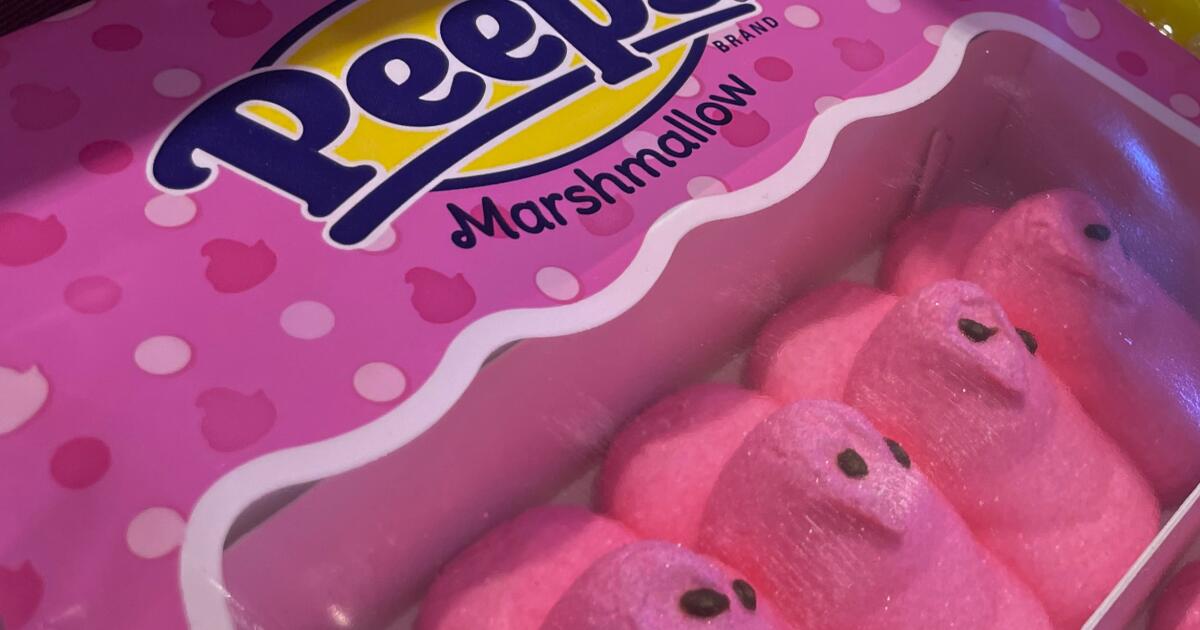California became the first state in the nation to prohibit four food additives found in popular cereal, soda, candy and drinks after Gov. Gavin Newsom signed a ban on them Saturday.
The California Food Safety Act will ban the manufacture, sale or distribution of brominated vegetable oil, potassium bromate, propylparaben and red dye No. 3 — potentially affecting 12,000 products that use those substances, according to the Environmental Working Group.
The legislation was popularly known as the “Skittles ban” because an earlier version also targeted titanium dioxide, used as a coloring agent in candies including Skittles, Starburst and Sour Patch Kids, according to the Environmental Working Group. But the measure, Assembly Bill 418, was amended in September to remove mention of the substance.



None of the things you’ve listed here are single molecules except for the prion. A single cell, even for simple organisms, is made up of millions of proteins. Viruses come close, but are still made up of the nucleus and the capsid.
A protein could be considered a single molecule, but it also could not.
Molecule is hardly the right term for most things, e.g. polonium or salt.
I intended to be more general but didn’t want to go further of into the weeds. I considered 1 unit, but that’s misleading.
Let’s go with the etymology of molecule: small amount.
All proteins are not singular molecules, but the ones that are… are. Proteins are actually classified partly by if they are a single molecule or several (quartenary structure). Polymers, as long as the chain of bonds isn’t broken, are giant molecules by definition.
I get what you mean here, that a single molecule doesn’t cause harm and quantity matters, and I agree. It would just be technically correct to say non-polymer molecules.